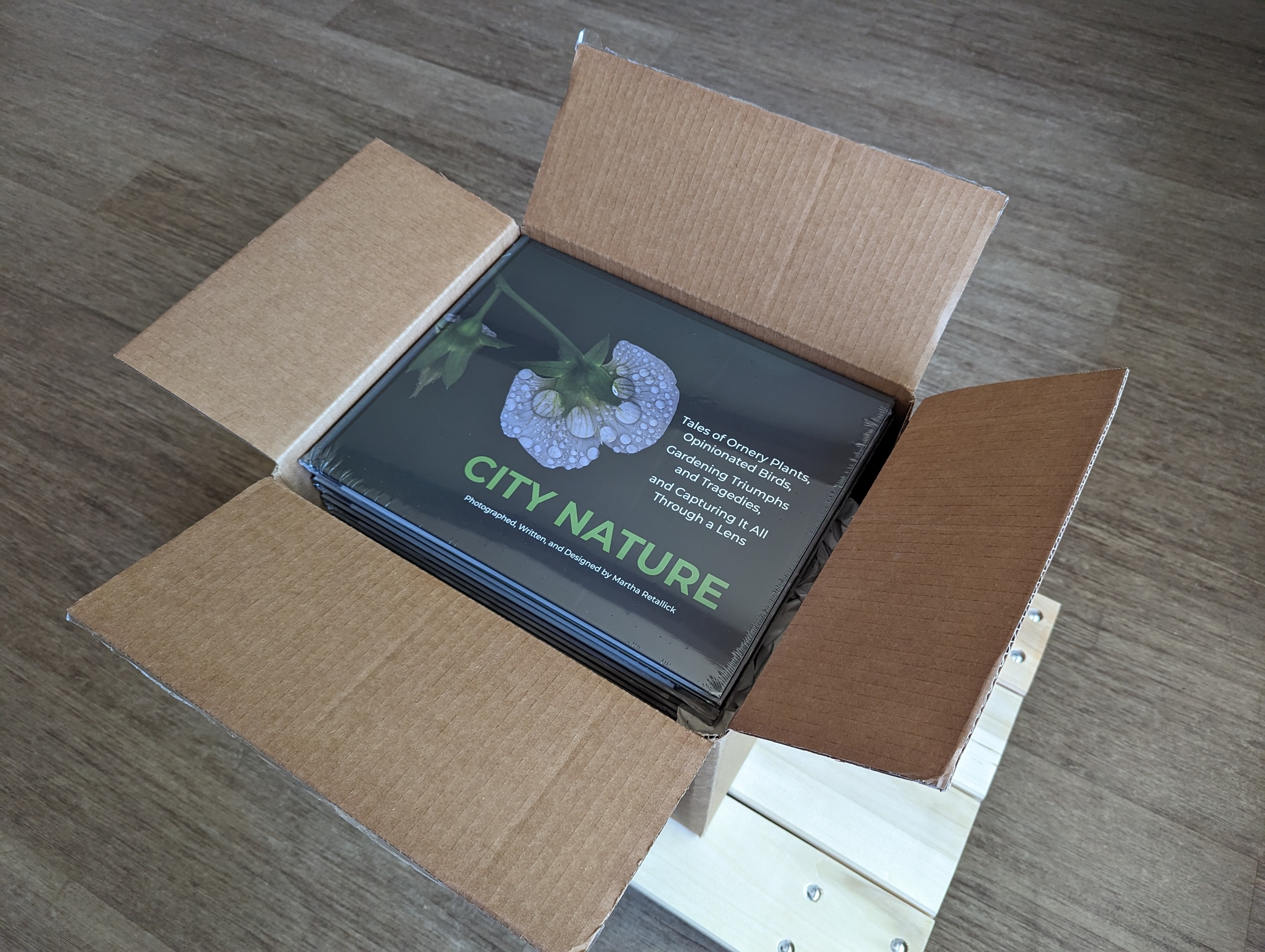The Rationale: Amidst ongoing news of water scarcity in the western United States, I see an opportunity. For nearly 20 years, I have been transforming my central Tucson home into an urban oasis. The secret to my success: Water harvesting.
The Book: In my new book, City Nature, I explain the rationale for water harvesting – and how I put it into practice. Here’s an excerpt:
“Even in the best of times, water is scarce in the desert. But when it rains, oh, does it pour! This is especially true in the summer, when several inches can fall in just a few hours.
“That’s good news if you’re in a wilderness, where 50 percent of that rainwater soaks into the earth. What happens to the other half? Well, 40 percent of it evaporates and 10 percent becomes runoff.
“Now, let’s experience the same heavy rainstorm in a modern urban setting like Tucson. Sorry to say, but 30 percent of that rain evaporates, 55 percent becomes runoff that floods our streets and washes, and only 15 percent gets absorbed by the soil. What’s the solution? Water harvesting. The goal? To allow rainwater to slow down, spread, and sink into the ground.”
Water Harvesting in Action
Since I purchased my central Tucson home in 2004, I have incorporated two types of water harvesting – passive and active – into my landscape.
Passive water harvesting is simply the act of sculpting the landscape to direct the water to where it should be – like plants – and away from where it shouldn’t be – like a home’s foundation. My landscape incorporates three passive water harvesting features – basins, berms, and drainage swales.
Collectively, these earthworks eliminate the need for landscape irrigation that’s connected to the municipal water supply, which is served by Tucson Water. According to Tucson Water, approximately 40 percent of water use in Tucson is outdoors. This includes residential uses like landscape irrigation and garden watering.
My irrigation-free landscape also includes two active water harvesting features, a 1,500-gallon cistern that collects rainwater for use in the back-yard vegetable garden, and a laundy-to-landscape greywater harvesting system that diverts wastewater from the washing machine to three fruit trees.
Photos and Resources
City Nature is illustrated with more than 60 of my color photographs, which show the wide variety of plant life on my property, the birds I share it with, and my various do-it-herself projects, which range from a feather collage to a kinetic sculpture created from a recycled chandelier.
The book also includes a list of suggested resources that encompasses books, websites, organizations, and businesses that can aid readers interested in desert gardening and landscaping, and in water conservation.
Where to Buy the Book
Beginning on April 25, 2023, first printing, first edition copies of City Nature will be available for purchase via CityNatureBook.com.
